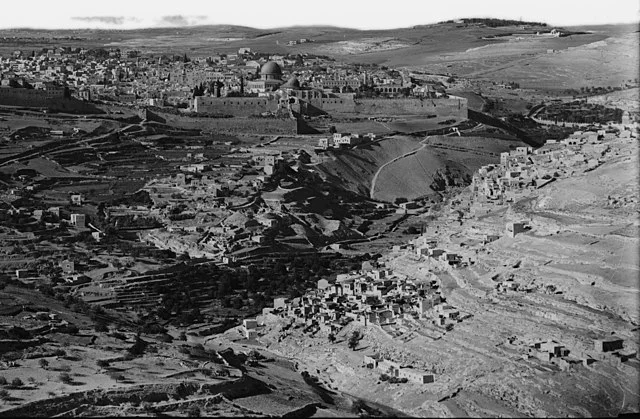Wadi Hilweh, also known as the City of David, is an archaeological site located in Jerusalem. This area holds significant historical importance, as it is considered the oldest part of the city. Excavations have revealed layers of history, dating back to ancient times, particularly the Bronze Age.
Get your dose of History via Email
Historical Background
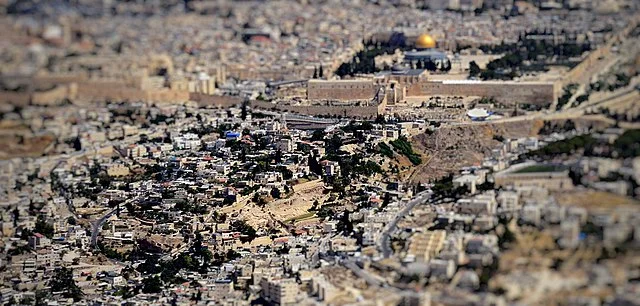
The City of David is traditionally associated with King David, who conquered the area around 1000 BC. According to biblical accounts, David established Jerusalem as the capital of the United Kingdom of Israel. He chose this site for its strategic location and access to water from the Gihon Spring.
Archaeological findings support this biblical narrative. Researchers have uncovered structures and artifacts that date back to the time of David. This evidence suggests that the site was an important urban center in ancient times.
Archaeological Discoveries
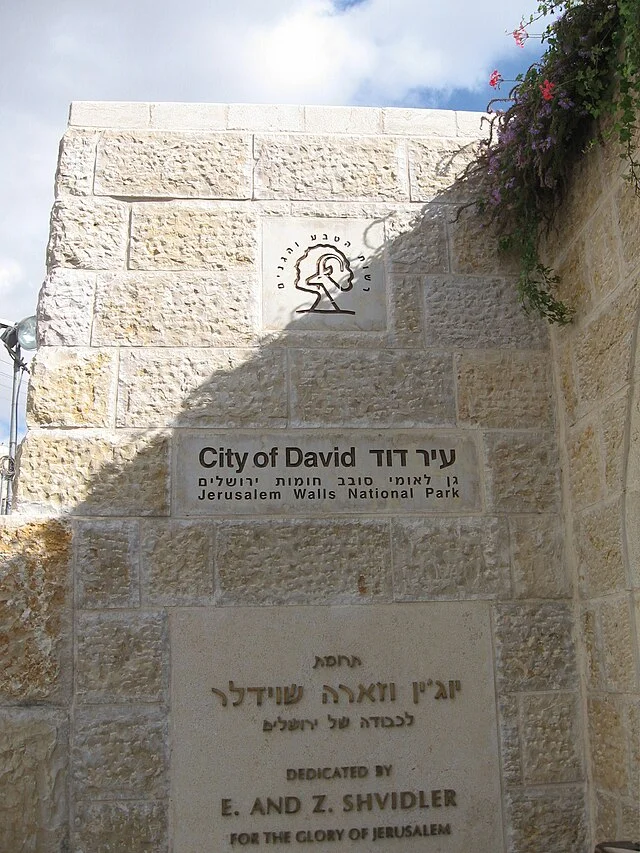
Excavations in Wadi Hilweh began in the 19th century. The ongoing archaeological work has revealed several key features. One of the most notable discoveries is the large stone structure known as the “Large Stone Structure.” Researchers believe this may have served as a palace or administrative center during the time of David or Solomon.
Another significant find is the Gihon Spring. This natural water source provided vital resources for the ancient city. Archaeologists have uncovered tunnels and pools that date back to the First Temple period, indicating advanced engineering skills.
In addition to monumental structures, excavations have uncovered everyday items such as pottery, tools, and inscriptions. These artifacts offer insight into the daily life of the inhabitants during different periods, including the Iron Age.
The Role of the City of David in Later History
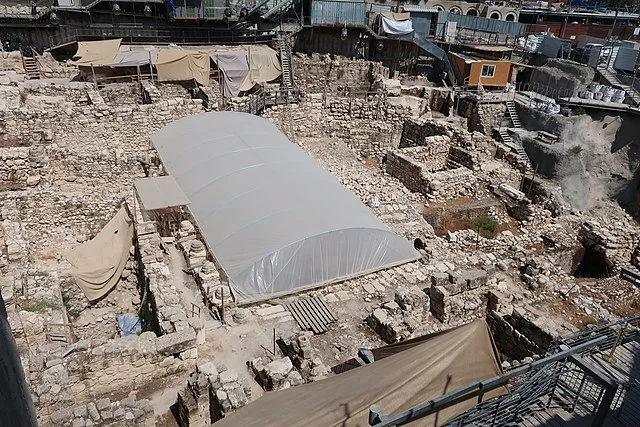
After the reign of David and Solomon, the City of David continued to play a crucial role in Jerusalem’s history. It remained a significant urban center during the First Temple period. Following the Babylonian conquest in 586 BC, the site underwent changes in occupation and usage.
The Persian and Hellenistic periods also left their mark on the area. Archaeological evidence suggests the construction of new structures and the adaptation of existing ones. The Roman period saw further developments, with the establishment of a more extensive urban layout.
Current Research and Preservation Efforts
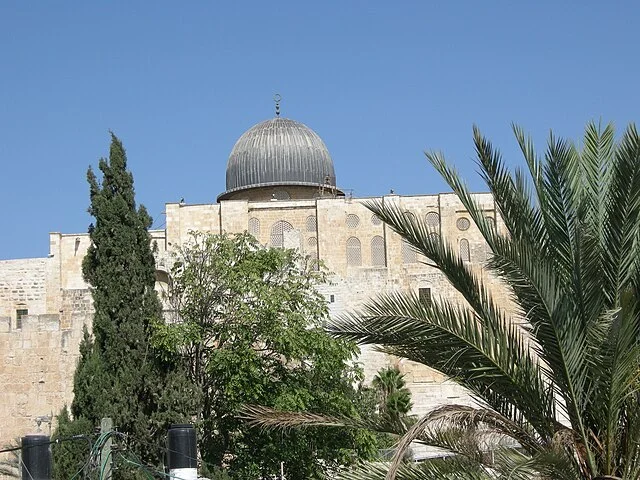
Today, Wadi Hilweh is a focal point for researchers and tourists alike. The site attracts scholars interested in biblical history, archaeology, and ancient urbanism. Organizations dedicated to preserving the site work to protect its artifacts and structures.
Excavations continue, and new technologies aid researchers in their work. Techniques such as ground-penetrating radar and digital mapping enhance the understanding of the site’s history. Public education initiatives aim to raise awareness of the site’s significance.
Conclusion
Wadi Hilweh, or the City of David, offers a unique window into ancient Jerusalem. Its historical and archaeological significance continues to draw interest from scholars and the public. As research progresses, the site will likely reveal more about its complex history and the people who lived there. The ongoing excavation efforts highlight the importance of preserving this vital part of human heritage.
Source:

